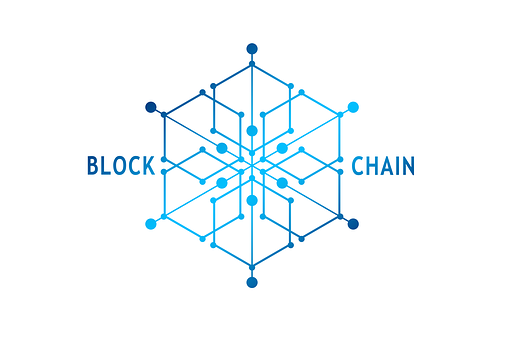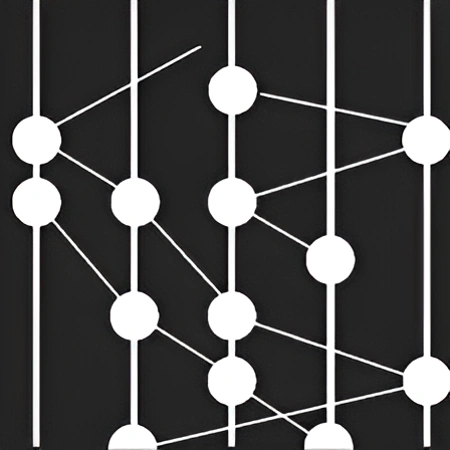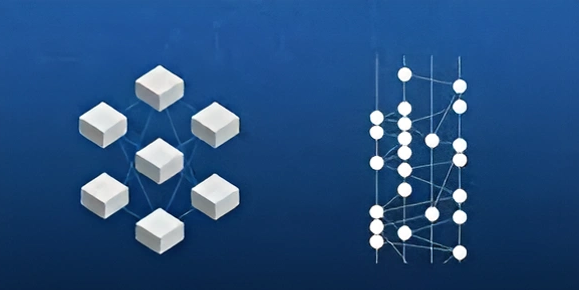Let's Discuss
Enquire NowCryptocurrencies are incredibly popular these days. Thanks to the blockchain and the distributed ledger technology for creating a major breakthrough in the crypto world.
After the internet, blockchain is regarded as the second greatest technological invention. Blockchain completely dominated the monetary system until Hashgraph entered the market. As we proceed through the client-server computation paradigm, we get closer to the internet’s new trust layer. To maintain a Distributed Ledger Database, Blockchain and Hedera Hashgraph use different data structures and consensus mechanisms.
 So how did Blockchain gain this popularity? Let’s see its advantages.
So how did Blockchain gain this popularity? Let’s see its advantages.
- It eliminates the need for middlemen, which are third-party sources that connect you to your services.
- This distributed ledger technology provides a consensus process that allows you to filter out any bad data and replace it with useful data, resulting in a higher level of data quality.
- Provides the highest level of integrity.
- It comes with an immutable storage system that is both immutable and transparent.
- In addition to faster transactions, it also provides a lower transactional cost.
Blockchain is a famous term, but Hashgraph?
A brief overview of Hedera Hashgraph
Hedera Hashgraph is a consensus mechanism based on virtual voting algorithms combined with the gossip protocol to achieve consensus quickly, fairly and securely. It provides a platform that enables anyone to easily develop secure decentralized applications. It is also useful for applications that need transaction ordering without middle-men, high output with conclusiveness in ordering, auditability or testability in real-time and privacy controls, which are specific to the application. It has significant implications for both public and private Distributed Ledger Technology, including cryptocurrency and dApps due to its Lightning-fast throughput and Asynchronous Byzantine Fault Tolerance. The use cases include payments, tokenized assets, data compliance, fraud mitigation etc.
 Let’s see the working of Hedera.
Let’s see the working of Hedera.
Hashgraph generates a consensus timestamp for each transaction. The timestamp represents the time at which the majority of the network receives the transaction. It uses Asynchronous Byzantine Fault Tolerant (ABFT) consensus, which means that every node participates in every round of consensus. It makes no difference if a node fails since the method does not rely on a single node. The Hedera Governing Council manages and stores the consensus nodes on the Hedera public ledger. Members of the Council have access to the current mainnet. Hedera eventually intends to make its network permissionless, enabling any member to host a consensus node. When Hedera enters a permissionless state, node influence is determined by the HBARs possessed. Hashgraph will serve as the network’s consensus and security layer.
How is Hedera Hashgraph better than Blockchain?
- Hedera Hashgraph has been recently regarded as an alternative to blockchain. It improves the performance statistics of the Bitcoin network, allowing over 250,000 transactions per second. While blockchain only allows 7-10 transactions per second. The bandwidth that the nodes provide to the network limits the network’s speed.
- The virtual voting and gossip mechanism makes the system much faster, fairer and more secure than blockchain. It does not require any compute-intensive proof-of-work, unlike some blockchain-based platforms.
- With an Asynchronous Byzantine Fault Tolerant System of Hedera hashgraph, neither a member can stop the community from reaching a consensus nor change after it has been reached.

- It is capable of providing a low-cost, high-performance service with minimum faults without high computation power and electricity.
- Hedera Hashgraph is also more equitable than blockchain, as the miners get to choose the transaction orders, delay them, or even prevent them from entering the block if needed.
Will Hedera Hashgraph replace blockchain?
Hedera Hashgraph is undoubtedly a more advanced technology when compared to the blockchain, but it does not affirm the downfall of blockchain in any manner. Apart from all the pros, it has over the blockchain, it does have its own limitations. At the moment, technology is only being used on private and permission-based networks. It has yet to be tested and investigated on a public network. When a node passes information to another node using the Gossip about Gossip technique, there is a chance that the closest nodes are malicious, and may prevent information from being passed to the other nodes. The technology underlying Hedera Hashgraph is truly enticing. But the true potential of this advanced technology can be concluded only when it is experimented on and tested over open and non-permission-based networks.
Have a project in mind using Block chain or Hashgraph? Connect with us here to give wings to your dreams!
Disclaimer: The opinions expressed in this article are those of the author(s) and do not necessarily reflect the positions of Dexlock.



